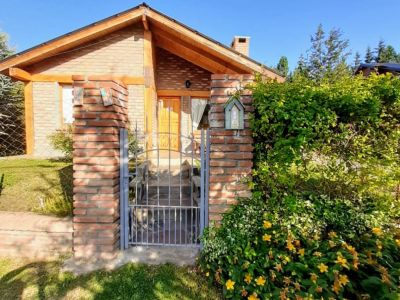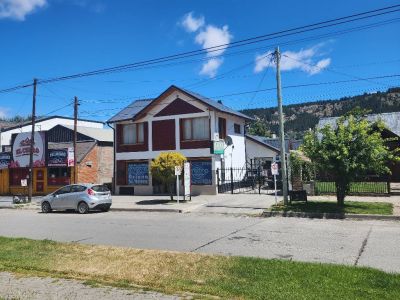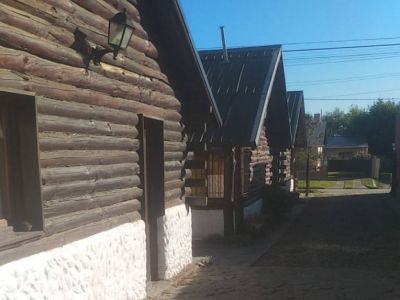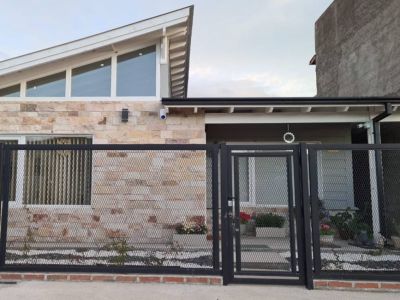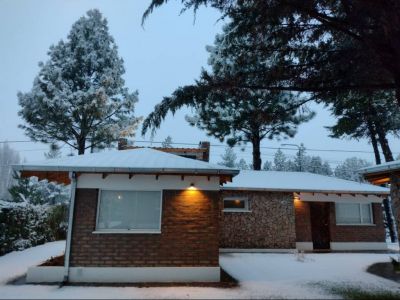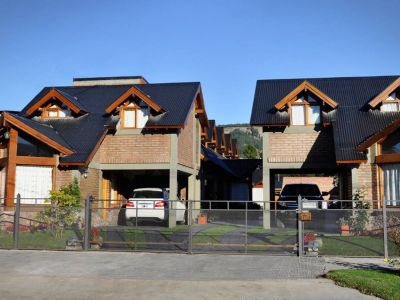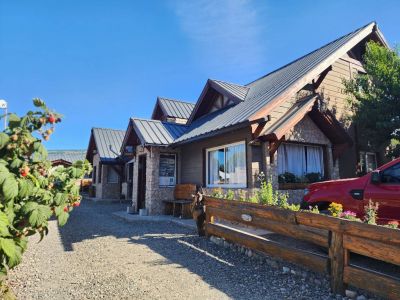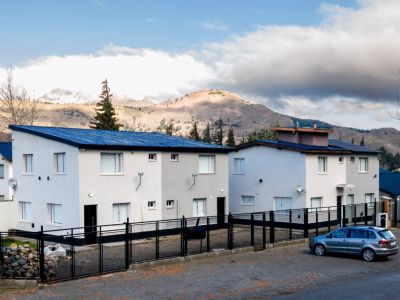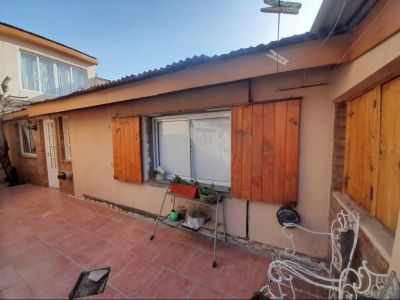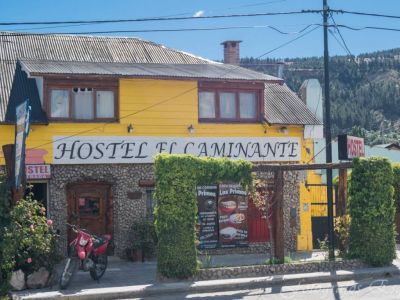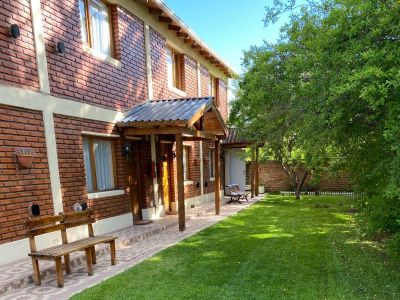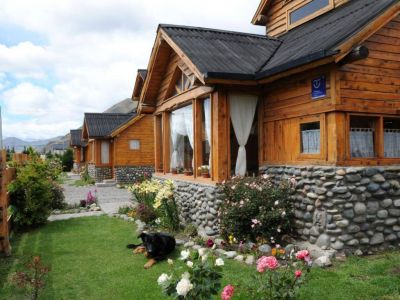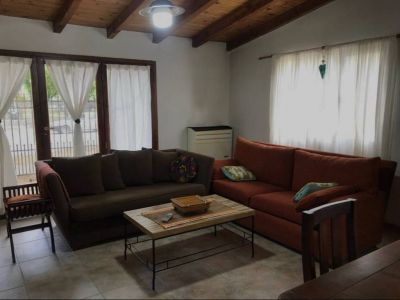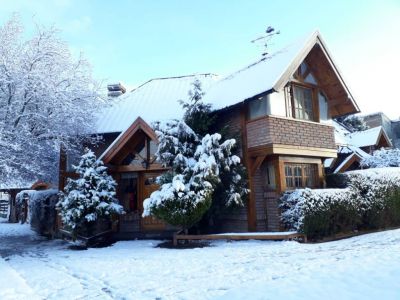Speaking about the Leleque Museum goes hand in hand with the story of Pablo Korchenewski. He arrived from Ucrania in 1948 and, 5 years later, he moved to the South of the country to settle down. Whether in Río Turbio, where he worked as a miner, in Puerto Madryn,in the various nooks he visited in Patagonia, Pablo would pursue the idea of collecting objects that would document the past of the region.
Years of collecting and classifying small and “old” stuff gave origin to an archeological collection of more than 14,000 pieces that became the main heritage of the Leleque Museum. But some protagonists of its creation were still missing.
In principle, in 1996, Korchenewski donated his collection to the Fundación Ameghino, managed by his friend the anthropologist Rodolfo Casamiquela. Afterwards, his contact with Carlo Benetton, who was already the owner of Patagonian lands, would do the rest. Three years later, the Centro de Investigaciones Científicas “El hombre patagónico y su medio” (“The Patagonian Man and his Environment” Scientific Research Center) and the Leleque Museum would emerge.
Leleque Museum, History of Patagonia
A Site for a Dream
Not only did Korchenewski’s original idea gain new impulse but it also managed to become a scientific and didactic project that adopted the rural environment of the Leleque estancia as a setting.
Its name was used by the Northern Tehuelches to describe a local bush. wise, in 1888, this place was the field for the last confrontations between the Tehuelches and the national troops.
Therefore, the exhibition presently being displayed at the museum, thought by researcher Casamiquela, searches to rescue the historical value of the Tehuelche people.
The second room, which is called “Encounter of Two Worlds”, expresses the encounter of the tehuelches with the first Europeans. In this stage, the introduction of the horse determined a radical change in the Indians’ movement.
The next room, “Towards the Sedentary Society”, shows the advance of commerce and the ovine cattle industry, benefited by the conquest of the desert, which bit the local populations.
The last room, dedicated to “The Pioneers”, makes reference to the immigrants of various ethnical and geographical origins who came to settle down, how they became adapted and forged their future in Patagonia.
Apart from the exhibition, the museum boliche, ornamented in the 1920’s style, constitutes an authentic space representative of rural life. Drinks suppliers, bazaars, restaurants and boarding houses, the big Patagonian grocers also write their story – that of men who would come, generally on their own, to try their luck in Patagonia.
In the boliche, you can either have a drink, just the locals used to do,browse books and buy Southern crafts.
Karina Jozami
Jorge González
Contact of the excursion or tour
Museo Leleque
Ruta Nacional 40 km 1440, Esquel, Chubut, Agentina
Phone: +54 2945-455151

















